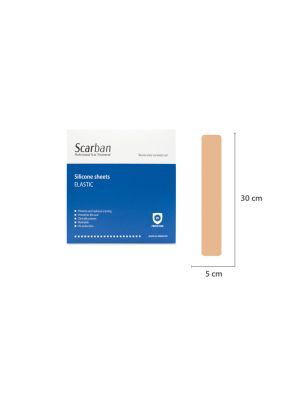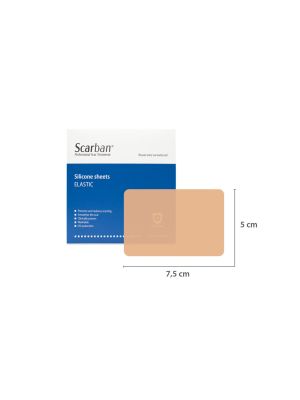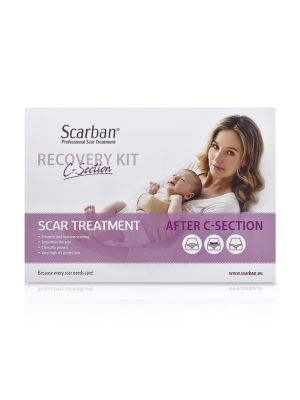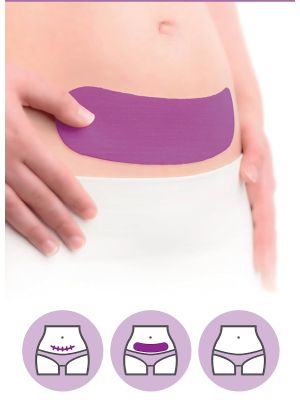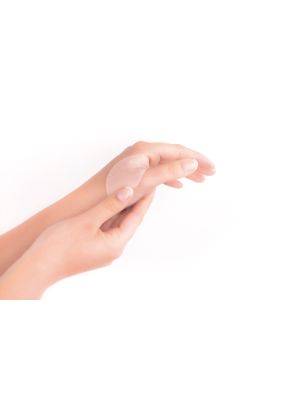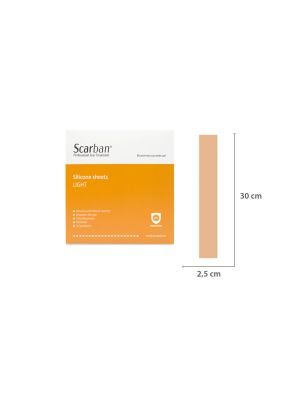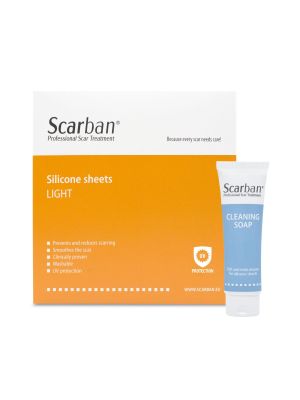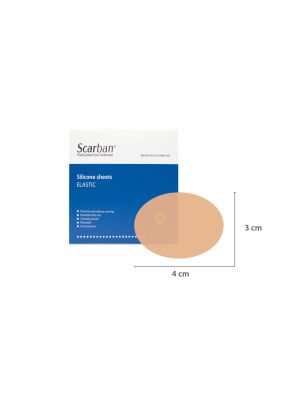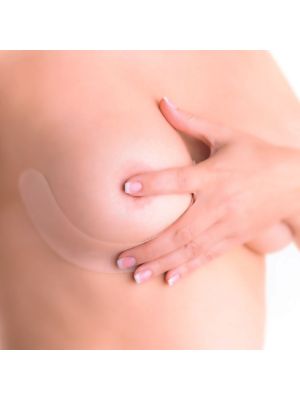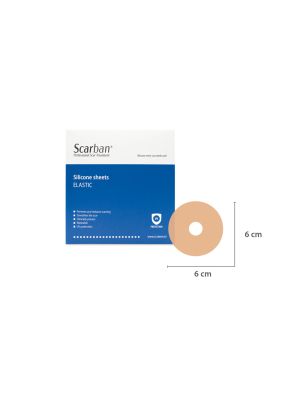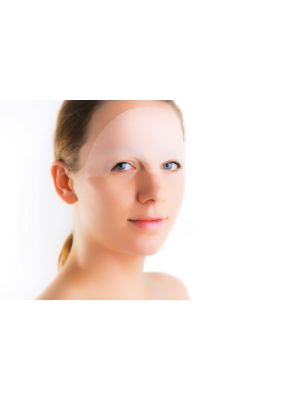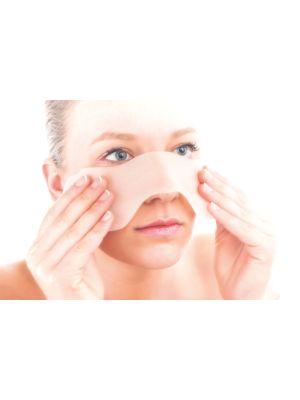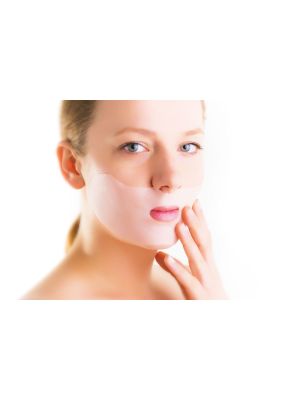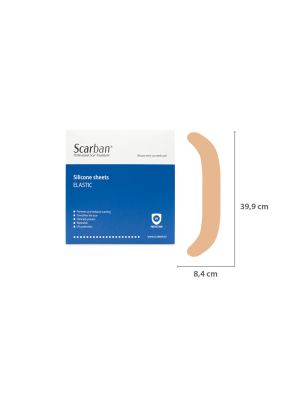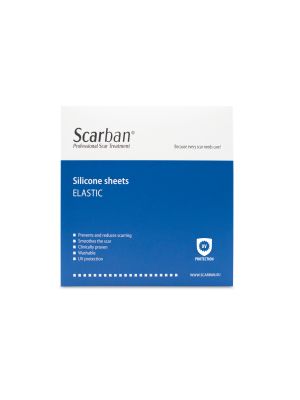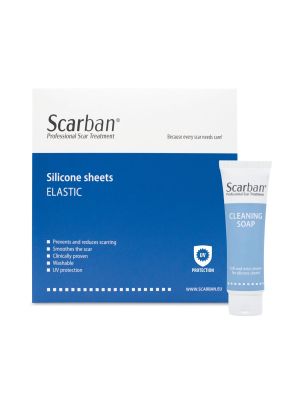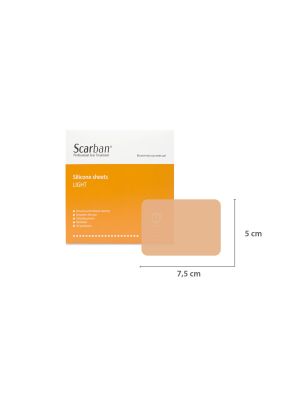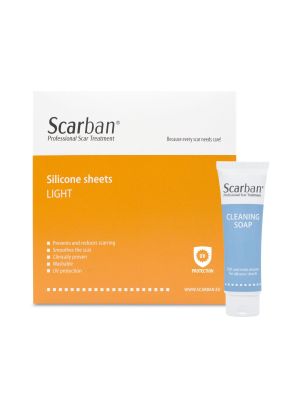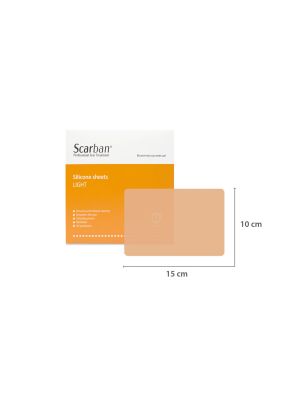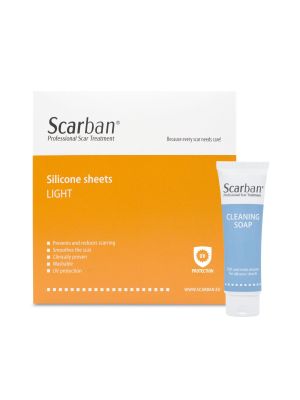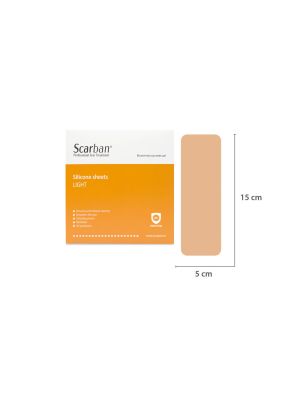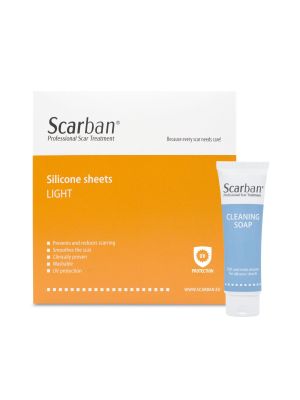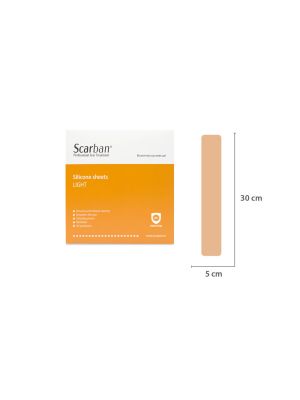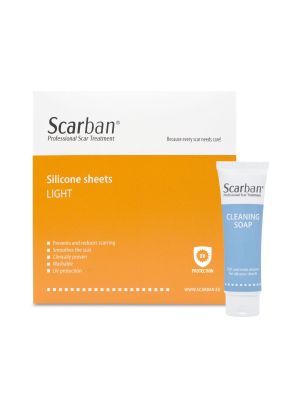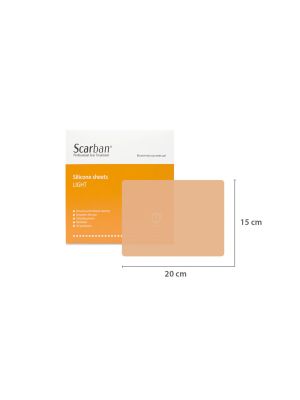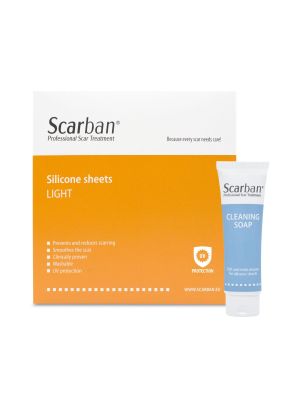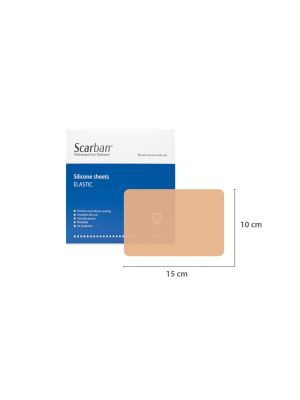- Home
- About Your Scar
- Scar Guide
Scar Guide
Scar Guide
A scar is a visible remnant of a wound. This can cause complaints or even develop into an abnormal scar. Scarban silicone products prevent and treat abnormal scars. Its effect has been scientifically proven and it is the treatment of choice in scar care.
Location of the Scar


Scars after caesarean section
Are you going to give birth by caesarean section or have you already had the procedure? Due to this, there will be a scar. Scarban C-Section has been specially developed for the scar after a caesarean section.


Scars on hands & fingers
Do you have a scar on your hand or fingers? It is one of the most difficult places to treat as you use your hands a lot! The Scarban hand and finger range has been developed for this purpose.


Scars near the breast
Have you had breast surgery? Treat your scar with preformed breast silicone sheets. There are several types available.


Scars on the abdomen
Do you have a scar on your stomach after a procedure? Treat your scar with a moulded abdominal sheet.


Scars on the face
Do you have a scar on your face? For example, due to an accident or operation? Then use silicone gel or a pre-formed facial sheet.
Types of scars
Normal scars are not or hardly thickened and do not have a (bright) red colour. A normal scar takes about a year to form and take on a firm shape and colour. During this time the scar can develop into an abnormal scar. A distinction is made between different types, including:


Hypertrophic scar
Hypertrophic scars are thick and stiff, rise above your skin and are bright red. They are often itchy, dry and painful. The scar can contract and become stiff, making it harder for you to move. They grow within the walls of the original wound.


Keloid scar
A keloid scar grows well beyond the edges of the original wound. Is extremely thick and 'overgrown'. Furthermore, they cause the same complaints as hypertrophic scars. A keloid scar is less common than a hypertrophic scar.

